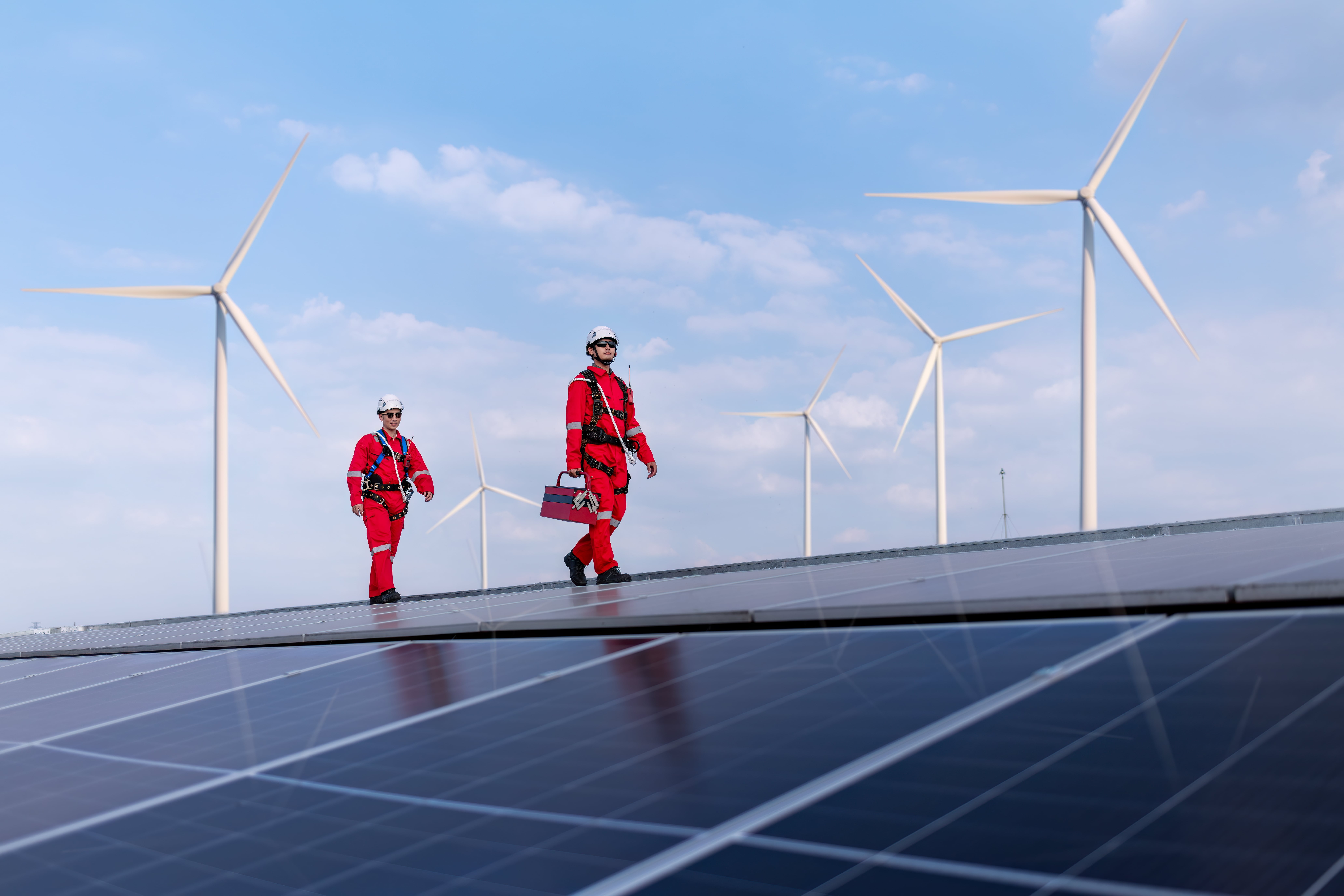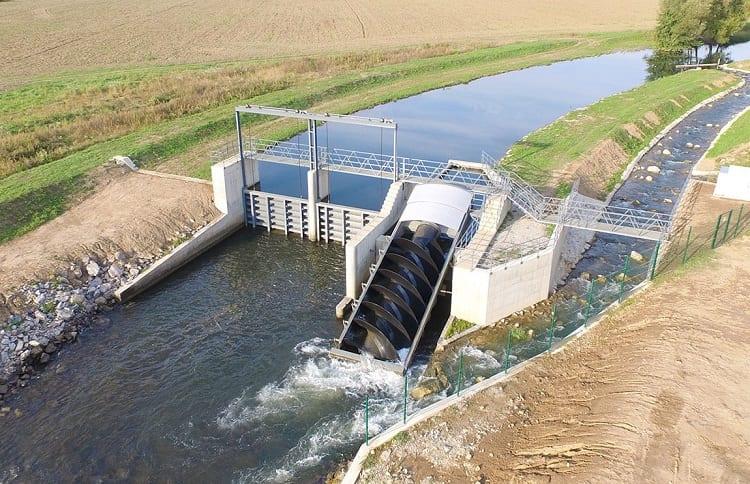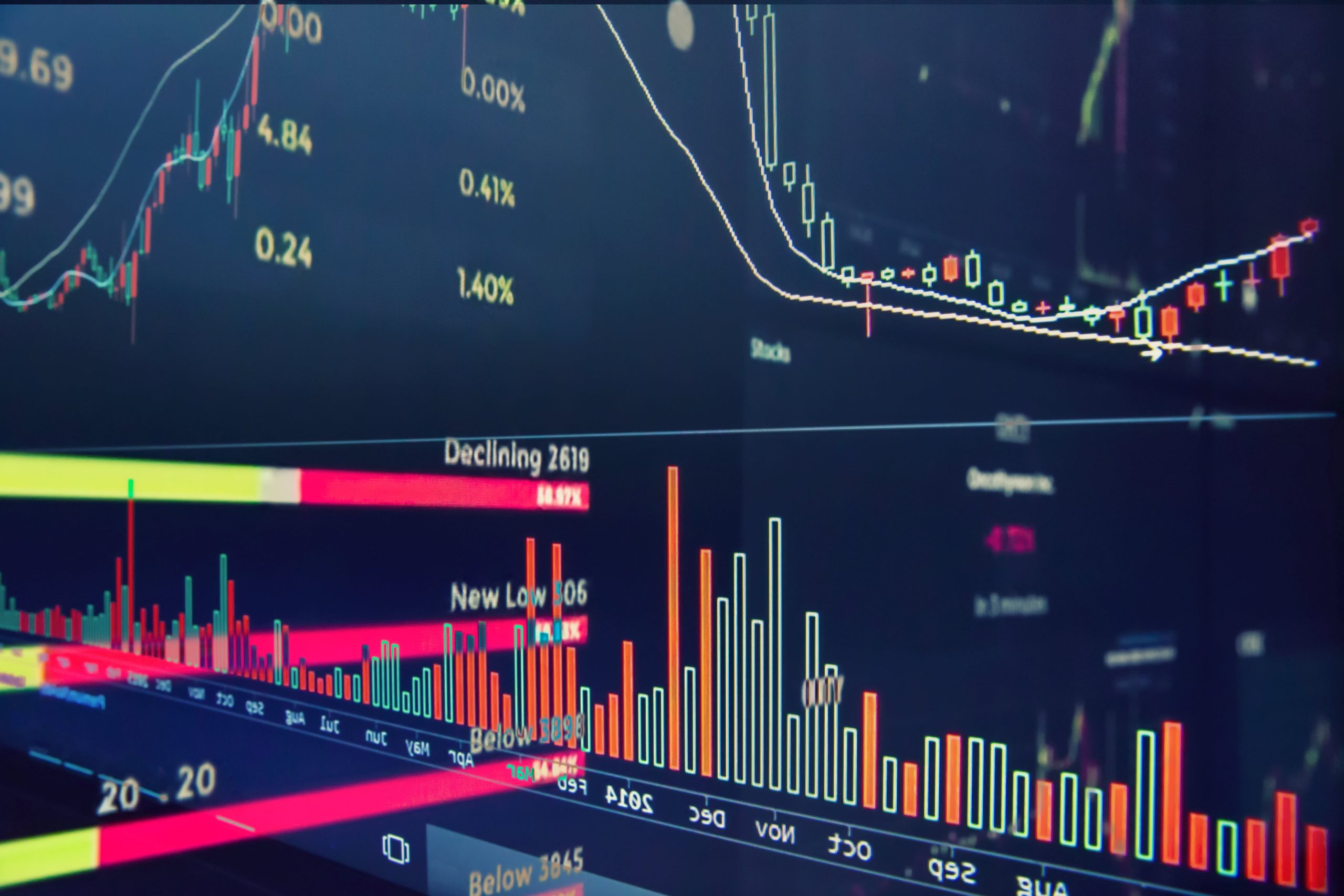The World Bank’s latest initiative, dubbed #Mission300, is making significant strides in global electrification. This ambitious project aims to connect millions more people to reliable electricity, highlighting the intersection of social development and economic growth. With 32 million individuals already connected, the initiative sets its sights on reaching an additional 157 million.
Progress and Impact of Mission 300
According to the World Bank, the progress made under #Mission300 underscores the importance of reliable electricity access as a catalyst for development. Connecting people to electricity not only improves living standards but also fosters economic opportunities, particularly in developing regions. The initiative aims to bridge the energy gap, which is critical for achieving broader goals such as poverty reduction and sustainable development.
Key Statistics from Mission 300
- 32 million people have been connected to electricity through the initiative so far.
- Projects are in progress to connect an additional 157 million people.
- The initiative reflects a commitment to sustainable energy solutions and social equity.
Future Outlook on Global Electrification
The potential of #Mission300 extends beyond mere connectivity. Access to electricity is often linked to improved health outcomes, educational opportunities, and enhanced economic productivity. As the World Bank continues to roll out projects, the focus will likely remain on integrating renewable energy sources to ensure sustainability.
While the goals set by the World Bank are ambitious, the execution of these projects will require significant investment and collaboration with local governments and private sectors. Stakeholders must remain vigilant about the challenges that can arise, such as regulatory hurdles, financing issues, and the need for infrastructure development.
Conclusion
The World Bank’s #Mission300 initiative is a powerful reminder of the role that electrification plays in driving social and economic progress. As the project gains traction, it will be essential for investors, policymakers, and communities to support and monitor these developments closely. The ongoing debate about how best to achieve energy access continues, but the numbers tell a compelling story of progress and potential.



